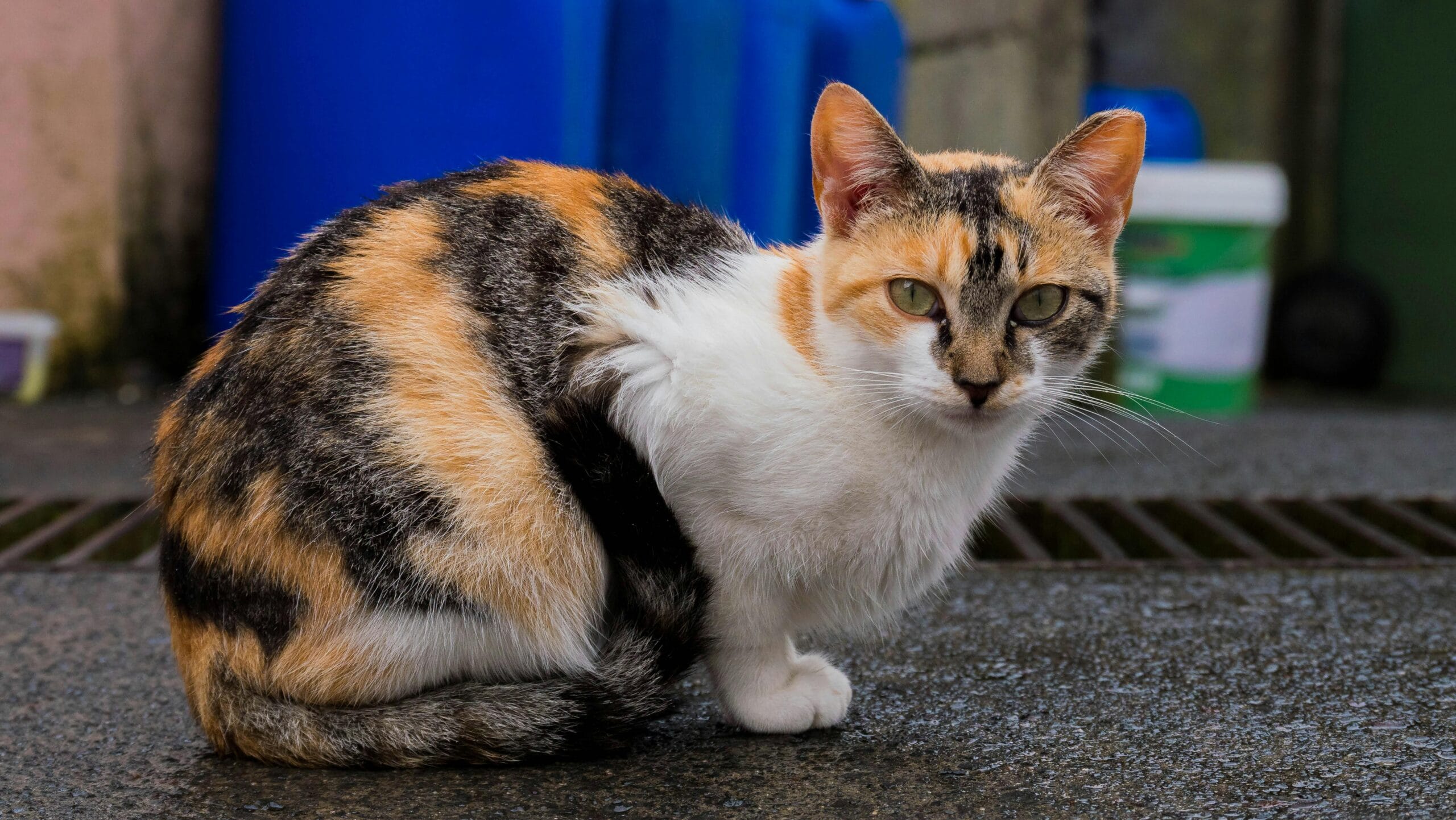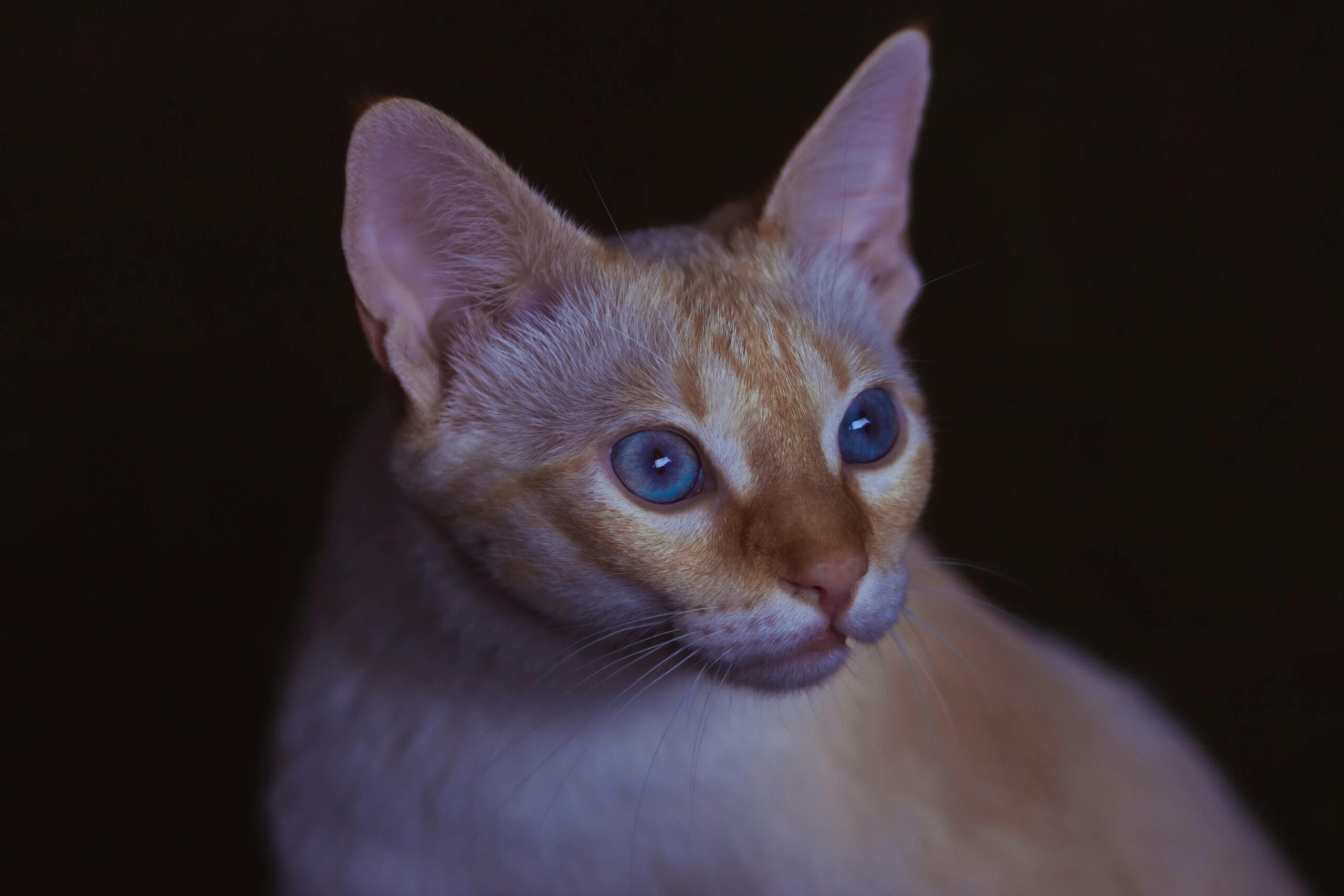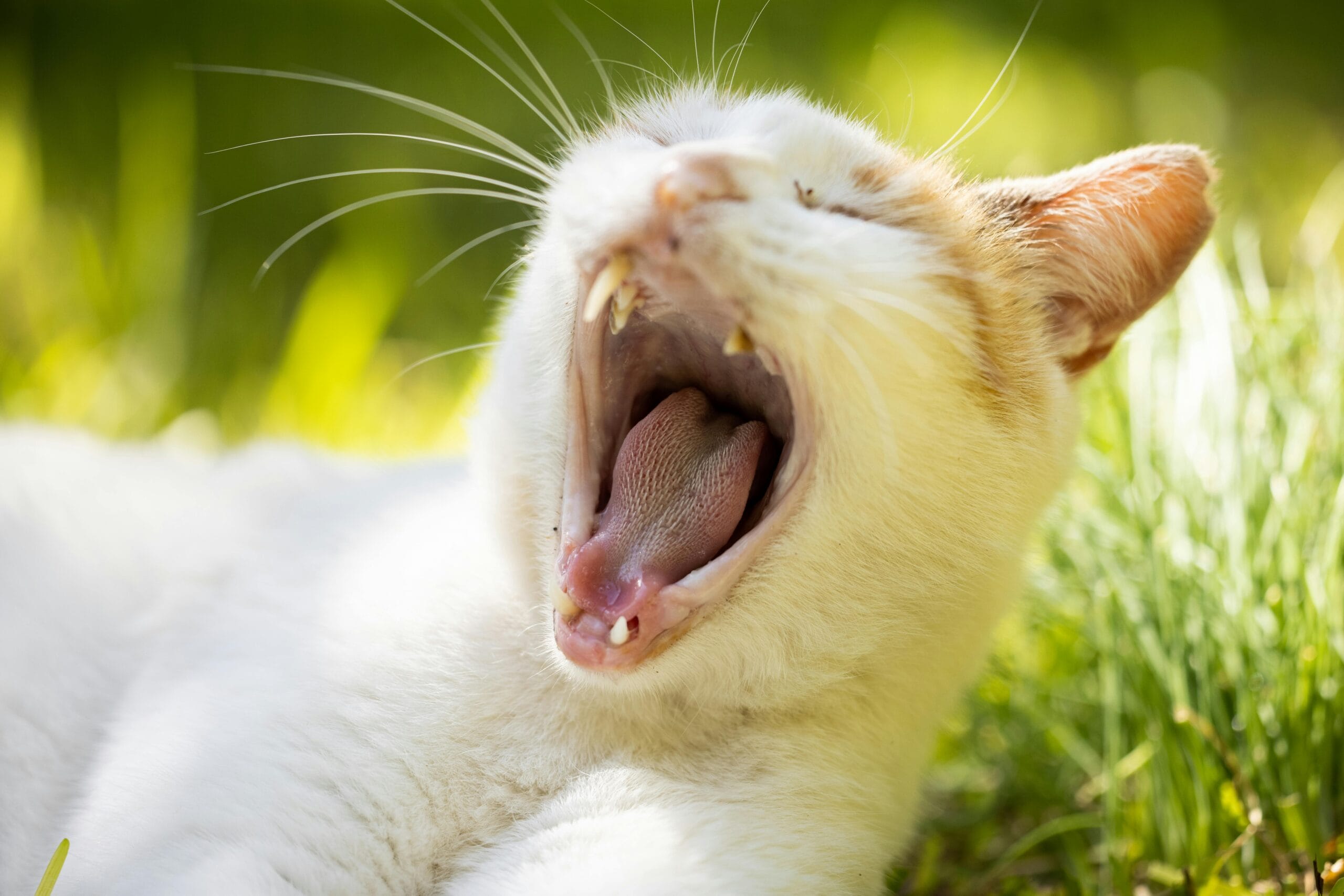Why Do Cats Yell When Carrying A Toy ?

Why do cats yell while carrying their toys? Uncover the mystery behind cat carrying toy vocalization! Learn the surprising reasons behind cats yelling with toys. Get answers & satisfy your feline curiosity!
Why Do Cats Yell When Carrying a Toy? Understanding Feline Vocalizations
Have you ever witnessed your feline friend triumphantly carrying a toy, only to accompany this feat with a series of loud meows or yowls? This seemingly bizarre behavior, often described as Cat Carrying Toy Vocalization, is more common than you might think. While it might seem like your cat is expressing sheer joy, the reasons behind this vocalization are more nuanced and fascinating. This article delves into the various explanations for why cats yell when carrying a toy, providing insights into feline communication and behavior.
Understanding the Nuances of **Cats Yelling With Toys**
Before we explore the “why,” let’s first clarify the “what.” The sounds your cat makes when carrying a toy can vary. It might be a series of short, sharp meows, a prolonged howl, or even a chirping sound. The intensity and type of vocalization often depend on several factors, including the cat’s personality, the type of toy, and the context of the interaction.
Many owners initially interpret these sounds as expressions of pure happiness and excitement. While excitement certainly plays a role, attributing the vocalization solely to joy might be an oversimplification. The complexity of feline communication necessitates a deeper understanding of their motivations.
Possible Explanations for **Why Do Cats Yell When Carrying A Toy**
Several reasons might contribute to a cat’s vocalizations while carrying a toy. These explanations are not mutually exclusive; multiple factors could be at play simultaneously.
1. Play-Related Excitement and Communication
One of the most common reasons for Cat Carrying Toy Vocalization is simple, unrestrained excitement. Think of it as a feline equivalent of a child excitedly shouting while playing. The act of carrying a prized toy triggers a surge of energy and exhilaration, resulting in involuntary vocalizations. This is particularly true during vigorous play sessions where the cat is deeply engaged and stimulated.
Furthermore, this vocalization can also be a form of communication with you. Your cat might be trying to engage you further in the game, inviting you to interact, chase, or even wrestle with the toy. It’s their way of saying, “Look what I got! Want to play?”
2. Territorial Behavior and Prey Mimicry
Interestingly, some experts suggest a link between Why Do Cats Yell When Carrying A Toy and territorial behaviors or instincts related to hunting. To a cat, the toy represents prey. Carrying the “prey” back to a safe location (often a favorite spot) might trigger vocalizations related to territorial assertion or a celebratory display after a successful “hunt.”
This theory aligns with the observation that cats might meow more loudly when they carry the toy towards their sleeping area or a location they consider their territory. It’s as if they’re announcing their conquest to any potential rivals, albeit in a rather unusual way.
3. Attention-Seeking Behavior
Cats are masters of manipulation, and sometimes, the vocalizations associated with carrying a toy are simply a clever ploy to gain your attention. If your cat notices that yelling while carrying a toy elicits a reaction from you—perhaps a pat on the head, a treat, or simply engaging in play—they’re likely to repeat the behavior. This is a prime example of operant conditioning, where a behavior is strengthened by its consequences.
4. Medical or Psychological Factors
While less common, underlying medical or psychological issues can sometimes contribute to increased vocalization in cats. Hyperthyroidism, cognitive dysfunction, or even pain can alter a cat’s vocal patterns. If you notice a sudden or significant change in your cat’s vocal behavior, particularly if accompanied by other concerning symptoms, it’s crucial to consult a veterinarian. Early diagnosis is key to managing any underlying health concerns. Learn more about feline hyperthyroidism from the American Veterinary Medical Association.
5. Breed Predisposition
Certain cat breeds are known to be more vocal than others. Siamese cats, for instance, are notoriously chatty, and their vocalizations might be more pronounced during play. This doesn’t necessarily indicate a problem, but simply reflects the breed’s inherent predisposition towards vocal communication. Explore different cat breeds and their characteristics on the International Cat Care website.
Deciphering Your Cat’s Yells: Context is Key
Understanding Why Do Cats Yell When Carrying A Toy requires paying close attention to the context of the vocalization. Consider the following factors:
- Intensity and duration of the yells: A brief, high-pitched meow might indicate excitement, while a prolonged, lower-pitched howl could suggest something more serious.
- Body language: Observe your cat’s overall posture and body language. A relaxed, playful posture usually suggests excitement, while signs of aggression, fear, or pain could indicate underlying issues.
- The type of toy: The type of toy might influence the intensity of the reaction. A favorite toy might elicit a stronger vocal response than a less preferred one.
- The environment: The surrounding environment can also play a role. A noisy environment might amplify the cat’s vocalizations, while a quiet setting might allow for more subtle expressions.
Addressing Excessive Vocalization
If you’re concerned about your cat’s vocalization, especially if it’s excessive or disruptive, there are steps you can take. Firstly, consult with a veterinarian to rule out any underlying medical conditions. If no medical issues are found, you might need to address the behavior through training and environmental modification:
- Ignore the yelling: If attention-seeking is a factor, ignoring the vocalizations when your cat is carrying the toy can help extinguish the behavior.
- Provide more playtime: Sufficient playtime can help reduce pent-up energy and alleviate boredom, which can sometimes trigger excessive vocalization.
- Environmental enrichment: Providing a stimulating environment with climbing structures, toys, and hiding places can keep your cat mentally and physically engaged.
Remember, cats communicate in many subtle ways. Understanding their vocalizations, combined with careful observation of their body language, is key to building a stronger bond and addressing any behavioral concerns. Even seemingly quirky behaviors, like Cats Yelling With Toys, offer valuable insights into the complex world of feline communication.
For further information on feline behavior and communication, I highly recommend consulting with a certified veterinary behaviorist. They can provide tailored advice based on your cat’s individual personality and needs. Finding a professional to assist with animal behavior issues can be helpful for any concerns.
Leave a Comment! Share Your Cat’s Toy-Carrying Tales!
We’d love to hear from you! Have you witnessed your cat yelling while carrying a toy? Share your experiences and observations in the comments below. Let’s discuss your cat’s unique vocalizations related to Why Do Cats Yell When Carrying A Toy, Cat Carrying Toy Vocalization, or Cats Yelling With Toys and learn from each other!

10 FAQs: Why Do Cats Yell When Carrying a Toy?
1. Q: My cat yells while carrying her favorite toy mouse. Is she hurt?
A: Not necessarily. While a sudden yell could indicate pain, Cat carrying toy vocalization is often a sign of excitement and playful aggression. She might be expressing her intense satisfaction in the hunt and capture, or trying to communicate her dominance over the “prey.” Observe her behavior for other signs of distress.
2. Q: Why does my cat meow loudly when bringing me a toy? Is this a form of “Cats yelling with toys”?
A: This is likely a communicative act. Your cat might be trying to share her “prize” with you, showing off her hunting skills, or even requesting attention or play. It’s a form of Cat carrying toy vocalization, albeit a more social one.
3. Q: Why does my kitten scream while batting a toy around? Is this normal?
A: Kittens, especially during play, can be quite vocal. This is often an excited yelp or squeal, rather than a true yell. It’s usually a perfectly normal expression of playful energy. It’s less about Cats yelling with toys and more about excited vocalization during play.
4. Q: My cat only yells when carrying specific toys. Why is that?
A: Cats have preferences! The toy might be particularly stimulating, perhaps due to its texture, smell, or movement. The Cat carrying toy vocalization could be amplified because the toy triggers stronger emotions related to the “hunt.”
5. Q: My cat yells and then drops her toy. What does that mean?
A: This could be a sign of overstimulation. The intensity of the play becomes overwhelming, leading to a sudden release of the toy and a vocalization of surprise or frustration. It’s a part of understanding Why do cats yell when carrying a toy.
6. Q: Is it a problem if my cat yells excessively while playing?
A: Excessive vocalization can be a problem if it disrupts your household or if accompanied by other concerning behaviors like aggression or excessive self-grooming. If you’re concerned about the frequency or intensity of Cats yelling with toys, consult your veterinarian.
7. Q: Can I train my cat to be quieter when playing with toys?
A: It’s difficult to fully suppress a cat’s natural vocalizations during play. However, you can try to redirect their attention with quieter toys or activities if the noise level is excessive. Managing the play session is key to understanding Why do cats yell when carrying a toy and addressing unwanted behavior.
8. Q: My cat only yells when carrying toys in certain rooms. Why?
A: This might be linked to environmental factors. The room’s acoustics, level of activity in the surrounding area, or even familiar scents could be influencing the intensity of the vocalizations. The context is important when deciphering Why do cats yell when carrying a toy.
9. Q: What does the type of yell tell me about my cat’s emotions?
A: Different vocalizations (meows, hisses, chirps) convey different emotions. A high-pitched yelp is different from a low growl. Observe the entire behavior, not just the sound, to understand the underlying emotion. Note, this is a significant part of understanding Cat carrying toy vocalization.
10. Q: Should I be worried if my older cat suddenly starts yelling while carrying toys?
A: Sudden behavioral changes in older cats warrant veterinary attention. While playful vocalization is common, a significant shift in behavior could signal underlying health issues. It’s crucial to rule out any medical reasons behind changes in your cat’s usual Cat carrying toy vocalization behavior.

Why Do Cats Yell While Carrying Toys? Practical Tips & Health Considerations
Cats vocalizing while carrying toys is a common behavior, often stemming from excitement, play-related frustration, or underlying health issues. Understanding the nuances can help ensure your feline friend’s well-being.
Possible Reasons for Vocalization During Play:
Excitement and Play-Related Communication: Many cats vocalize during play to express their intense enjoyment. It’s a form of feline communication, similar to a human cheering during a game. The intensity of the vocalization can vary depending on the cat’s personality and the level of engagement with the toy.
Frustration or Unsuccessful Hunting: If a cat is struggling to capture or manipulate a toy, they might yell out of frustration. This is particularly true with toys that move erratically or are too challenging to catch. Adjusting the toy’s difficulty level can help alleviate this.
Underlying Medical Conditions: While less common, vocalization during play can be a symptom of underlying health problems. Pain, particularly in the mouth, throat, or neck, can make carrying and playing with toys uncomfortable. Similarly, neurological disorders can impact coordination and cause unusual vocalizations.
Practical Tips for Addressing Vocalization:
Observe the Context: Pay close attention to the circumstances surrounding the vocalization. Is the cat intensely playful, or frustrated? Is there any sign of pain or discomfort?
Toy Selection: Offer a variety of toys with different textures, sizes, and levels of challenge. Rotate toys regularly to keep your cat engaged and prevent boredom.
Interactive Play Sessions: Engage in interactive play sessions using wands, feather toys, or laser pointers. This will help satisfy your cat’s hunting instincts and reduce frustration.
Environmental Enrichment: Provide a stimulating environment with climbing structures, scratching posts, and hiding places. A bored cat is more likely to exhibit unusual behaviors.
Health Considerations:
Veterinary Check-up: If the vocalization is sudden, excessive, or accompanied by other symptoms like lethargy, changes in appetite, or difficulty breathing, consult a veterinarian immediately.
Pain Management: If pain is suspected, your vet can diagnose the underlying cause and prescribe appropriate pain medication or treatment.
SEO Keywords:
cat yelling while playing, cat vocalization during play, cat carrying toy and meowing, why does my cat yell with a toy, cat play behavior, feline vocalization, cat health, cat pain, veterinary advice, interactive cat toys